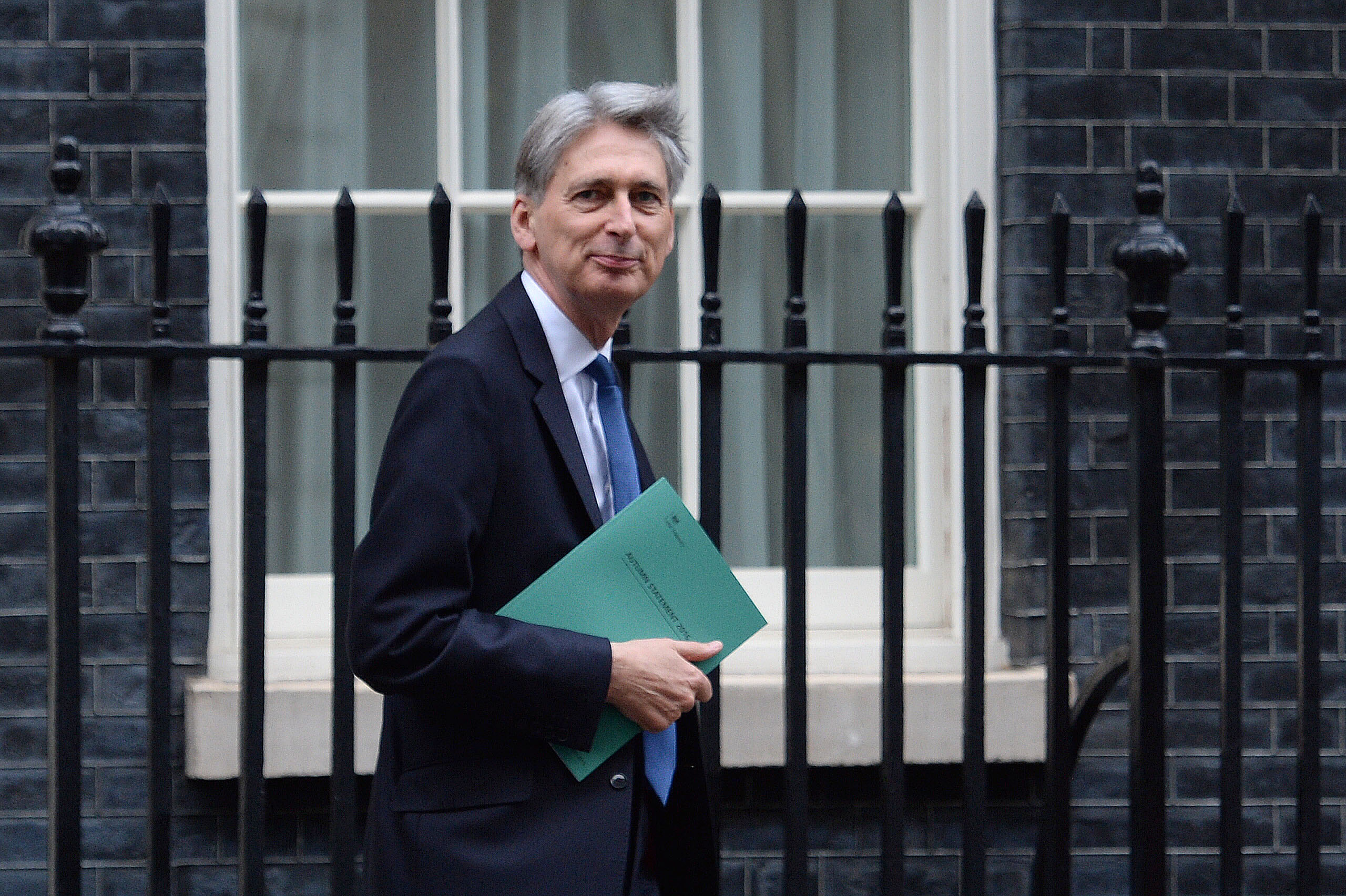
SCOTLAND will receive a “very significant” £800 million boost to its budget, Chancellor Philip Hammond has said.
The money will be allocated to the Scottish Government over the five years through to 2020-21, as a result of increased infrastructure spending announced in the Autumn Statement.
But the money comes after reductions to the amount the Holyrood administration has to spend, which SNP ministers have branded “unacceptable”.
Prior to the Chancellor’s statement, Scottish Finance Secretary Derek Mackay said: “Our discretionary budget will have been cut by £3.3 billion in real terms, or 10.6%, since 2010-11 and within this, our capital budget will have fallen by £600 million, or 15.7%.”
Mr Hammond insisted, however, that measures in his statement “will have benefits right across the Union”.
He announced the Conservative Government at Westminster will work with the Scottish administration and others “towards a City Deal for Stirling”, saying this will mean UK ministers have agreed or are discussing such a deal for each of Scotland’s cities.
With the Chancellor announcing various infrastructure investments including £2.3 billion for housing south of the border, he stressed the Scottish Government will “receive the appropriate funding share”.
He said: “The decisions I have announced today mean that Scotland will receive very significant additions of £800 million to its capital budget.
“It is also great news that I can also confirm wider investments for Scotland including the opening of City Deal negotiations with Stirling, and announcing that we are open to doing so with the Tay cities.”
The Chancellor added: “This Autumn Statement sets out how we will support our economy as we begin writing a new chapter in our country’s history.
“It signals our support for millions of hardworking families who are struggling to make ends meet and our determination to ensure every household has opportunity to share in the nation’s prosperity.
“This is an Autumn Statement which delivers for Scotland.”
To help provide a “stable tax regime”, he said the Government “recommits” to its long-term plan for the oil and gas sector.
But he said steps will be taken to “simplify the reporting process and reduce the administrative costs of petroleum revenue tax for oil and gas companies”.
While UK oil and gas revenues have fallen in recent years, the Treasury forecasts these will rise to £1.8 billion a year in 2019-20, before then dropping back in the two years after that.
Autumn Statement at a glance
The main announcements in the November 2016 Autumn Statement included:
Chancellor Philip Hammond said the Office for Budget Responsibility (OBR) has slashed the GDP growth forecast for 2017 from 2.2% to 1.4%, as well as forecasting growth of 1.7% in 2018, 2.1% in 2019 and 2020 and 2% in 2021. The OBR’s view is that the EU referendum result means potential growth over the period is 2.4 percentage points lower.
Mr Hammond confirmed he is abandoning predecessor George Osborne’s aim of achieving a budget surplus by 2019/20, saying he is committed to returning public finances to balance “as soon as practicable”.
Public spending this year to be 40% of GDP – down from 45% in 2010.
Borrowing is forecast by the OBR to reach £68.2 billion this year then £59 billion in 2017/18, then £46.5 billion, £21.9 billion, £20.7 billion in subsequent years, reaching £17.2 billion in 2021/22.
The £3.5 billion of efficiency savings announced at the Budget to be delivered in full.
Corporation Tax cut as planned to 17%, which Mr Hammond said is “by far the lowest” of G20 nations.
A £2.3 billion Housing Infrastructure Fund to deliver infrastructure for up to 100,000 new homes in high demand areas and £1.4 billion made available to deliver 40,000 additional affordable homes.
Investment of more than £1 billion in digital infrastructure and 100% business rates relief on new fibre infrastructure to make UK “a world leader” in 5G.
Income tax free personal allowance to rise to £12,500 and the higher rate threshold will increase to £50,000 by the end of the Parliament. (Control over income tax bands, rates and thresholds is being devolved to the Scottish Parliament next year)
The National Living Wage will rise from £7.20 to £7.50 in April 2017.
Universal credit taper rate to be cut from 65% to 63% from April at a cost of £700 million.
The Autumn Statement has been abolished and the main budget statement will move from the spring to the autumn.
READ MORE
Chancellor to announce crackdown on pensions cold calling
WASPI pensions campaigners urge politicians to stop ‘squabbling’ over age changes

Enjoy the convenience of having The Sunday Post delivered as a digital ePaper straight to your smartphone, tablet or computer.
Subscribe for only £5.49 a month and enjoy all the benefits of the printed paper as a digital replica.
Subscribe